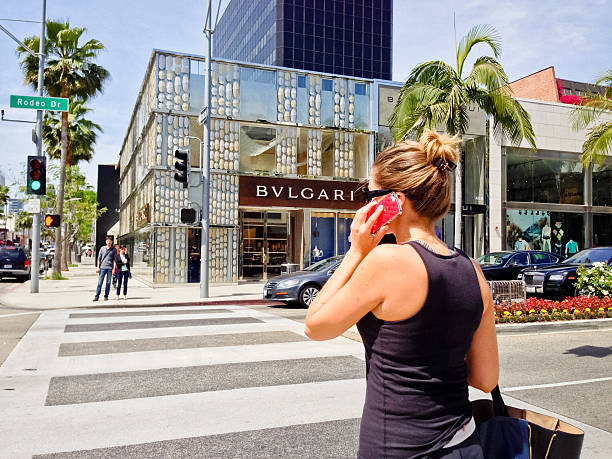Smoke is a unique subject. It’s brief and alluring, but with a bit of practice, you can create some genuinely original photographs. Smoke art photography is a great way to express creativity. However, it would be best to understand photography and post-processing to produce successful smoke art images.
What is Smoke Art Photography?
Smoke art is the production of photographic images or other artworks using smoke. Smoke is a common subject in different types of photography, such as historical photography and nature disaster photography. However, smoke art photography is a contemporary evolution in a studio. Modern smoke art is an abstract form of photography. Smoke is naturally aleatoric (meaning random) and is usually processed in Photoshop. Smoke photography is similar to deciphering a cloud’s shape or reading the coffee grounds in a mug. It relies on your imagination to fill in any blanks.
What are the best tools for photographing smoke art?
Smoke art photography is a very controlled form of photography. Unlike other forms of photography that allow the photographer to go out into the world with a camera and an understanding of composition, smoke art photography requires a highly-controlled studio environment. To create and capture smoke, you need a well-ventilated studio. Most photographers set aside several hours for experimentation to get the perfect shot due to the unpredictable nature of smoke. Smoke can thicken in the air after just ten minutes of being in a poorly ventilated space, causing breathing problems and creating a fire risk.
You will also need a background. This can be a tarp, a board, or a sheet hung on a wall. Or any other item from your home or crafts. Black or white are two popular colors. These clean backgrounds are similar to a green-screen concept, making capturing wispy clouds of smoke easier and manipulating their color in post-processing. While some photographers believe smoke looks best against a dark background, a white backdrop can produce beautiful, exciting results. Smoke art is a highly personal form of art. Experiment with both locations to see which you prefer.
A mirrorless DSLR with manual shutter speed and focus control is best for translucent smoke, which quickly fades. Play around with the lighting of smoke by using a flash, reflector, or strobe. Stabilizing the camera with a tripod will prevent shaky hands from distorting the smoke flow on film.
Smoke from Incense, Dry-Ice, and Other Sources
Smoke art can be created by photographing anything that emits smoke, such as a cigarette, a campfire, or even a candle. The best smoke sources are easy to contain, come from a small area or point, and burn for the longest. Photographers of this medium prefer dry ice and incense, which emit a continuous stream of smoke for up to 10 minutes.
Dry ice is compressed CO2. It is easy to photograph and create. To create thick, fog-like vapors, beginners only need to add water to dry ice. The smoke produced by dry ice is both spooky and surreal.
The most common smoke source is incense sticks. The sticks burn for a long time and are easy to manipulate. You can use several posts together to produce a thicker smoke tendril or multiple scatter bars on your background to create different layers. Keep an ashtray handy to catch the ashes.
Lights are essential for safety and security.
Smoke art photography is dominated by darkness, but light also plays an important role. A single spotlight in a darkened space will ensure a good capture. However, you can experiment with different light sources. After you become comfortable photographing smoke, experiment with different levels and directions in ambient light. You can use reflectors or flashlights to create other lighting effects. The camera’s built-in flash will likely overexpose smoke, meaning the smoke will be lost in the picture’s brightness. Try placing reflectors around the smoke source in a triangular pattern. You might be able to bounce enough light to create an exciting background.



